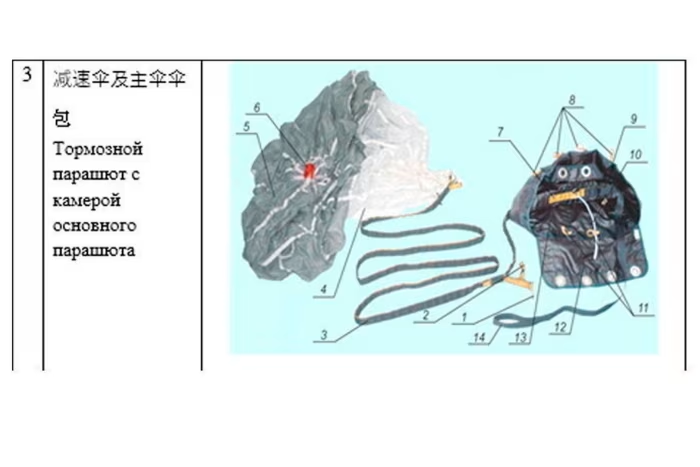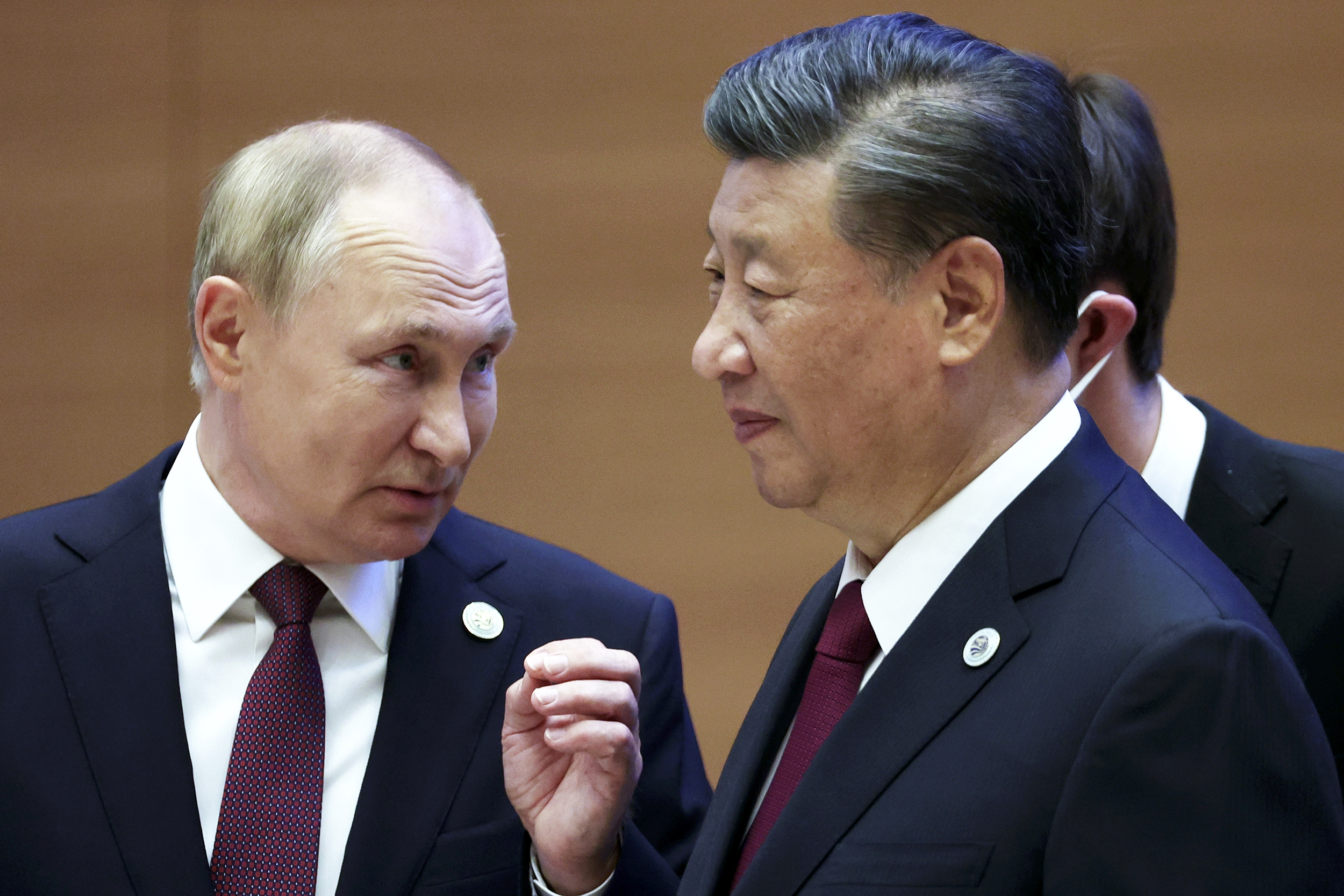Already a subscriber? Make sure to log into your account before viewing this content. You can access your account by hitting the “login” button on the top right corner. Still unable to see the content after signing in? Make sure your card on file is up-to-date.
According to roughly 800 pages of documents leaked by a hacking group, Russia has agreed to provide China with military equipment, combat-tested training, and technology transfers as China vows it will reunify with Taiwan.
Getting into it: The documents, part of a cache obtained and published by the hacktivist group Black Moon, reveal an arms and training agreement signed between Russia and China in 2023. The deal centers around equipping and training a full Chinese airborne battalion. These documents were verified by defense analysts at the Royal United Services Institute (RUSI), who assessed the contracts and supporting documents as “mostly authentic,” while acknowledging the possibility that some details may have been altered or redacted.

At the heart of the deal is the transfer of airborne combat vehicles and high-altitude airdrop systems. Russia agreed to sell China 37 BMD-4M light amphibious assault vehicles, 11 Sprut-SDM1 self-propelled anti-tank guns, and 11 BTR-MDM armored personnel carriers, along with various command and observation vehicles. All vehicles will be modified to include Chinese communication suites and made compatible with Chinese ammunition. The airdrop systems themselves, particularly the Dalnolyot parachute platforms, are engineered to deliver payloads of up to 420 lbs from altitudes as high as 32,000 feet, allowing Chinese special forces or light equipment to glide undetected into contested territory from as far as 50 miles away.

Equally important is the training component. Russian instructors will first train Chinese paratroopers and vehicle operators in Russia, at facilities such as the Kurganmashzavod vehicle plant and the NPP Rubin command systems base. Then, collective battalion-level training exercises will be conducted on Chinese soil. This training covers not only basic vehicle handling and maintenance, but also joint maneuvering, fire control, and battlefield coordination (skills Russia has developed through its real-world combat experience in Ukraine and Syria). Additionally, Russia is providing China with the documentation and technology necessary to eventually localize and manufacture these airborne systems domestically, with the long-term goal of building a fully modernized airborne force without relying on foreign imports.
The documents do not specify whether payments have already been made, but one contract valued the equipment provision alone at approximately $584 million. According to reports, Chinese officials requested accelerated delivery timelines and full technical documentation during a meeting in Beijing in early 2024.
This all comes amid Chinese President Xi Jinping’s directive that his military must be fully prepared to invade Taiwan by 2027. Though not an explicit deadline for war, the order has become a driving force behind China’s rapid military modernization.







